Windows Server 2022 Standard Key
Brand: Microsoft
Availability: In Stock
Delivery: Delivery time from 30 minutes to 6 hours.
Version: 64bit
System:
Processor:
- 1.4 GHz 64-bit
- Compatible with x64 instruction set
- Supports (NX and DEP, MPXCHG16b, LAHF/SAHD, and PrefetchW)
- Supports Second Level Address Translation (EPT or NPT)
Memory/RAM:
- 512 MB (2 GB for Server with Desktop Experience installation option)
- ECC (Error Correcting Code) type or similar technology, for physical host deployments
Disk space:
- System installation over a network
- Computer with over 16GM RAM – more space for paging, hibernation, and dump files are required
License Period: Lifetime
$22.00
Windows Server 2022 Standard
Windows Server 2022 introduces advanced multi-layer security, hybrid capabilities with Azure, and a flexible application platform. As part of this release, we are bringing secured-core capabilities to help protect hardware, firmware, and Windows Server OS capabilities against advanced security threats. Secured-core server builds on technologies such as Windows Defender System Guard and Virtualization-based Security to minimize risk from firmware vulnerabilities and advanced malware. The new release also provides secured connectivity that introduces several new capabilities such as faster and more secure encrypted HTTPS connections, industry-standard SMB AES 256 encryption, and more.
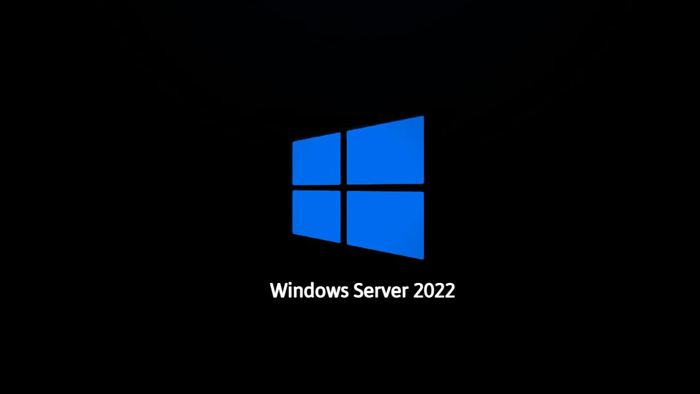
Windows Server 2022 improves hybrid server management with significantly improved VM management, an enhanced event viewer, and many more new capabilities in Windows Admin Center. Furthermore, this release includes significant improvements to Windows containers, such as smaller image sizes for faster download, simplified network policy implementation, and containerization tools for .NET applications.
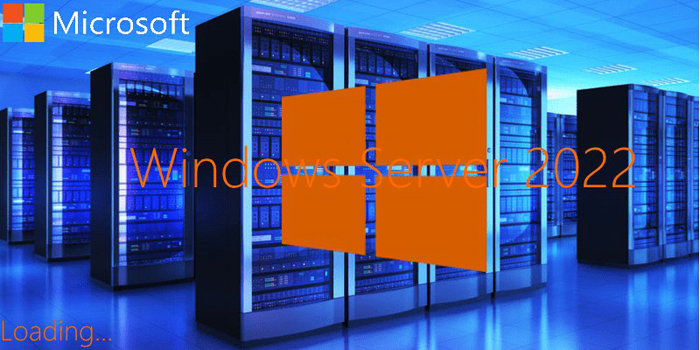
Some of the new features in Windows Server 2022. Windows Server 2022 is built on the strong foundation of Windows Server 2019 and brings many innovations on three key themes: security, Azure hybrid integration and management, and application platform. Also, Windows Server 2022 Datacenter: Azure Edition helps you use the benefits of the cloud to keep your VMs up to date while minimizing downtime.
News Features:
Security
The new security capabilities in Windows Server 2022 combine other security capabilities in Windows Server across multiple areas to provide defense-in-depth protection against advanced threats. Advanced multi-layer security in Windows Server 2022 provides the comprehensive protection that servers need today.
Secured-core server
Certified Secured-core server hardware from an OEM partner provides additional security protections that are useful against sophisticated attacks. This can provide increased assurance when handling mission-critical data in some of the most data-sensitive industries. A Secured-core server uses hardware, firmware, and driver capabilities to enable advanced Windows Server security features. Many of these features are available in Windows Secured-core PCs and are now also available with Secured-core server hardware and Windows Server 2022. For more information about Secured-core server, see Secured-core server.
Hardware root-of-trust
Trusted Platform Module 2.0 (TPM 2.0) secure crypto-processor chips provide a secure, hardware-based store for sensitive cryptographic keys and data, including systems integrity measurements. TPM 2.0 can verify that the server has been started with legitimate code and can be trusted by subsequent code execution. This is known as a hardware root-of-trust and is used by features such as BitLocker drive encryption.
Firmware protection
Firmware executes with high privileges and is often invisible to traditional anti-virus solutions, which has led to a rise in the number of firmware-based attacks. Secured-core server processors support measurement and verification of boot processes with Dynamic Root of Trust for Measurement (DRTM) technology and isolation of driver access to memory with Direct Memory Access (DMA) protection.

UEFI secure boot
UEFI secure boot is a security standard that protects your servers from malicious rootkits. Secure boot ensures the server boots only firmware and software trusted by the hardware manufacturer. When the server is started, the firmware checks the signature of each boot component including firmware drivers and the OS. If the signatures are valid, the server boots and the firmware gives control to the OS.
Virtualization-based security (VBS)
Secured-core servers support virtualization-based security (VBS) and hypervisor-based code integrity (HVCI). VBS uses hardware virtualization features to create and isolate a secure region of memory from the normal operating system, protecting against an entire class of vulnerabilities used in cryptocurrency mining attacks. VBS also allows for the use of Credential Guard, where user credentials and secrets are stored in a virtual container that the operating system cannot access directly.
HVCI uses VBS to significantly strengthen code integrity policy enforcement, including kernel mode integrity that checks all kernel-mode drivers and binaries in a virtualized environment before they are started, preventing unsigned drivers or system files from being loaded into system memory.
Kernel Data Protection (KDP) provides read-only memory protection of kernel memory containing non-executable data where memory pages are protected by Hypervisor. KDP protects key structures in the Windows Defender System Guard runtime from being tampered with.
Storage
Storage Migration Service
Enhancements to Storage Migration Service in Windows Server 2022 makes it easier to migrate the storage to Windows Server or to Azure from more source locations. Here are the features that are available when running the Storage Migration Server orchestrator on Windows Server 2022:
- Migrate local users and groups to the new server.
- Migrate storage from failover clusters, migrate to failover clusters, and migrate between standalone servers and failover clusters.
- Migrate storage from a Linux server that uses Samba.
- More easily synchronize migrated shares into Azure by using Azure File Sync.
- Migrate to new networks such as Azure.
- Migrate NetApp CIFS servers from NetApp FAS arrays to Windows servers and clusters.
Adjustable storage repair speed
User adjustable storage repair speed is a new feature in Storage Spaces Direct that offers more control over the data resync process by allocating resources to either repair data copies (resiliency) or run active workloads (performance). This helps improve availability and allows you to service your clusters more flexibly and efficiently.
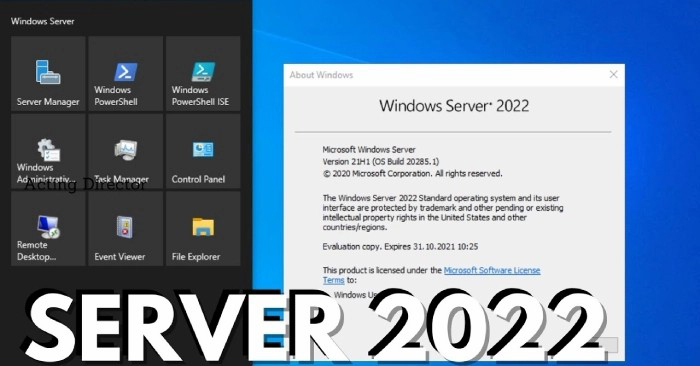
Faster repair and resynchronization
Storage repair and resynchronization after events such as node reboots and disk failures are now twice as fast. Repairs have less variance in time taken so you can be more sure of how long the repairs will take, which has been achieved through adding more granularity to data tracking. This only moves the data that needs to be moved and reduces the system resources used and the time taken.
Storage bus cache with Storage Spaces on standalone servers
Storage bus cache is now available for standalone servers. It can significantly improve the read and write performance while maintaining storage efficiency and keeping operational costs low. Similar to its implementation for Storage Spaces Direct, this feature binds together faster media (for example, NVMe or SSD) with slower media (for example, HDD) to create tiers. A portion of the faster media tier is reserved for the cache. To learn more, see Enable storage bus cache with Storage Spaces on standalone servers.
ReFS file-level snapshots
Microsoft’s Resilient File System (ReFS) now includes the ability to snapshot files using a quick metadata operation. Snapshots are different than ReFS block cloning in that clones are writable, whereas snapshots are read-only. This functionality is especially useful in virtual machine backup scenarios with VHD/VHDX files. ReFS snapshots are unique in that they take a constant time irrespective of file size. Support for snapshots is available in ReFSUtil or as an API.
SMB compression
Enhancement to SMB in Windows Server 2022 and Windows 11 allows a user or application to compress files as they transfer over the network. Users no longer have to manually zip files in order to transfer much faster on slower or more congested networks. For details, see SMB Compression.
Networking performance
UDP performance improvements
UDP is becoming a very popular protocol carrying more and more network traffic due to the increasing popularity of RTP and custom (UDP) streaming and gaming protocols. The QUIC protocol, built on top of UDP, brings the performance of UDP to a level on par with TCP. Significantly, Windows Server 2022 includes UDP Segmentation Offload (USO). USO moves most of the work required to send UDP packets from the CPU to the network adapter’s specialized hardware. Complimenting USO is UDP Receive Side Coalescing (UDP RSC), which coalesces packets and reduces CPU usage for UDP processing. In addition, we have also made hundreds of improvements to the UDP data path both transmit and receive. Windows Server 2022 and Windows 11 both have this new capability.
TCP performance improvements
Windows Server 2022 uses TCP HyStart++ to reduce packet loss during connection start-up (especially in high-speed networks) and RACK to reduce Retransmit TimeOuts (RTO). These features are enabled in the transport stack by default and provide a smoother network data flow with better performance at high speeds. Windows Server 2022 and Windows 11 both have this new capability.
Hyper-V virtual switch improvements
Virtual switches in Hyper-V have been enhanced with updated Receive Segment Coalescing (RSC). This allows the hypervisor network to coalesce packets and process as one larger segment. CPU cycles are reduced and segments will remain coalesced across the entire data path until processed by the intended application. This means improved performance in both network traffic from an external host, received by a virtual NIC, as well as from a virtual NIC to another virtual NIC on the same host.
ETC
System requirement:
Processor
Minimum:
1.4 GHz 64-bit processor
Compatible with x64 instruction set
Supports NX and DEP
Supports CMPXCHG16b, LAHF/SAHF, and PrefetchW
Supports Second Level Address Translation (EPT or NPT)
RAM
Minimum:
512 MB (2 GB for Server with Desktop Experience installation option)
ECC (Error Correcting Code) type or similar technology, for physical host deployments.
Storage controller and disk space:
Minimum: 32 GB

User Reviews
Only logged in customers who have purchased this product may leave a review.

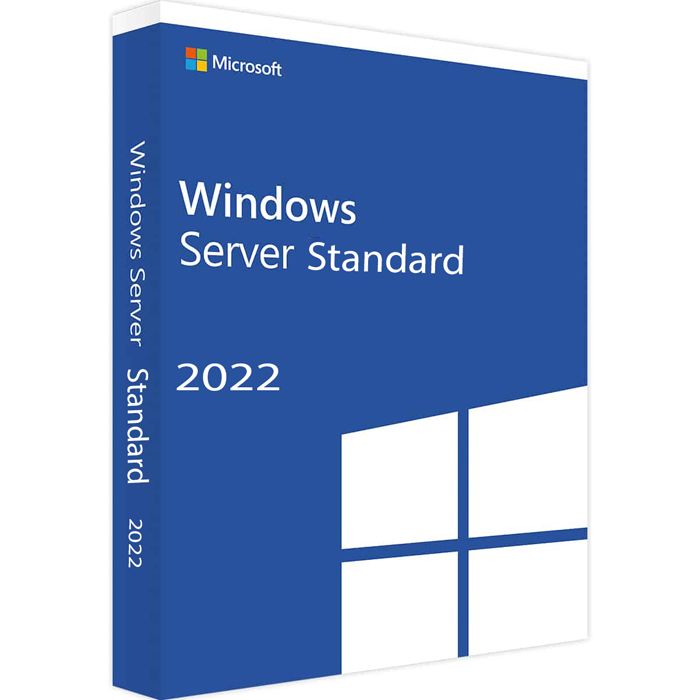
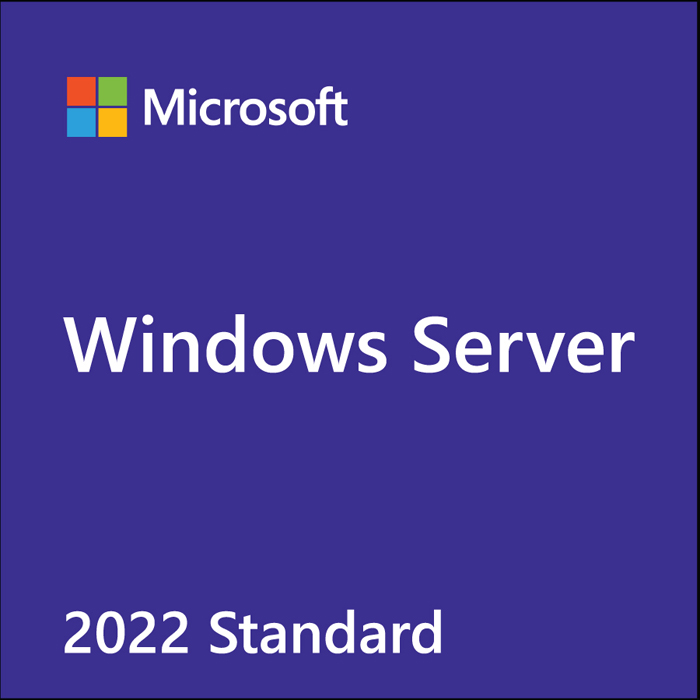


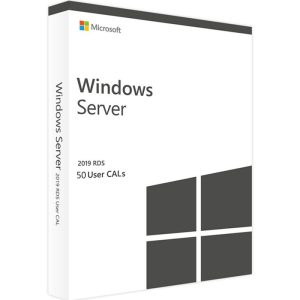

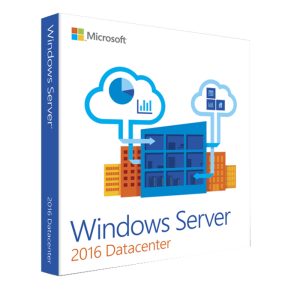
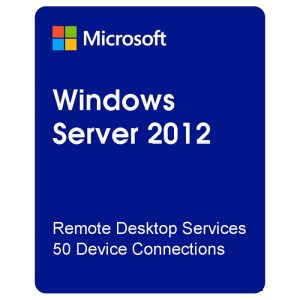




There are no reviews yet.